Eight years after Vietnam's tug-of-war rituals and games were recognized by UNESCO as Intangible Cultural Heritage of Humanity, tug-of-war heritage communities in Vietnam have had plans to connect to increase the power of transmitting and preserving the heritage with the meaningful message: "A common rope".

Unique sitting tug of war ritual at Tran Vu temple, Ngoc Tri village (Thach Ban ward, Long Bien district).
Why tug of war?
While many intangible cultural heritages are still waiting to be recognized, the reason why tug of war is recognized as a representative intangible cultural heritage of humanity is because it is not only a folk game, but tug of war also contains a deep cultural layer expressed through the customs and beliefs of each locality. People put into the tug of war game their wishes for favorable weather, good harvests, a prosperous and happy life, or predictions related to the success or failure of agricultural activities.
In addition, tug-of-war rituals and games are closely linked to traditional cultural values, reflecting the natural and cultural characteristics of each community. In tug-of-war, the process of choosing the rope and the players must follow specific rules and rituals and depend on local customs. For example, in Ngoc Tri village (Thach Ban ward, Long Bien district, Hanoi ), the tug-of-war teams must sit on the ground (this game is called sitting tug-of-war), the object to pull is a large, smooth rope, about 30m long. The milestone is a pillar, usually made of red-painted ironwood, as big as a communal house pillar, with a round hole drilled into the body of the pillar to thread the rope.
Meanwhile, the people of Hoa Loan village (Vinh Tuong district, Vinh Phuc province) have a unique way of playing tug of war, which is unlimited in the number of players and playing time. In Ngai Khe village (Tan Dan commune, Phu Xuyen district, Hanoi), the object used to pull is made of 2 beautiful, straight bamboo trees, about 6 - 7m long. The number of bamboo segments is counted from the base of the bamboo according to the 4 fateful words "birth, old age, sickness, death", so that the last segment must be counted as the word "birth", avoiding the word "death". The two bamboo shoots are heated over a fire until they are soft and flexible, then twisted and twisted together, tied tightly with soft strips to act as the object to pull, called "beak pulling"...
In addition, in tug of war, the winning and losing teams are often arranged according to custom to express certain religious meanings depending on the customs of each locality. For example, according to the customs of the Tay and Giay people, the tug of war game will have the participation of 2 teams, 1 male team and 1 female team. In even-numbered years, the victory belongs to the female team, symbolizing the growth of all species...
Efforts to transmit and preserve

Representatives of the tug of war team sat at Tran Vu temple (Thach Ban ward, Long Bien district) to perform a ritual before the competition.
Recognizing the good value of tug of war, over the past 8 years, tug of war communities listed on the Representative List of Intangible Cultural Heritage of Humanity have carried out many activities to transmit and preserve the heritage. In Thach Ban Ward (Long Bien District, Hanoi), tug of war has now been brought to practice in schools and every year about 12,000 students come to Tran Vu Temple to learn, watch and practice tug of war. In addition, the People's Committee of Long Bien District has approved a project to build a traditional house to promote and introduce the heritage.
In Hoa Loan village (Vinh Tuong district, Vinh Phuc province), every year, the tug-of-war ritual and game always attracts thousands of participants, regardless of whether they are villagers or visitors. In Bac Ninh province, the Department of Culture has coordinated with the Vietnam National Institute of Culture and Arts to conduct research on the tug-of-war festival rituals in Huu Chap village; collect and research documents related to the festival... In Lao Cai, to pass on the rituals and tug-of-war games of the Tay and Giay people, the Department of Culture and Sports of Lao Cai province has provided funding to open teaching classes and establish tug-of-war competition teams to increase connectivity between communities...
In Hanoi, tug of war is included in the heritage education program at museums such as the Vietnam Museum of Ethnology, the National Museum of History, the Center for Cultural and Scientific Activities at the Temple of Literature - Quoc Tu Giam, and the Hanoi Museum...
With the tug-of-war ritual, belief is the core value, expressed through the wish for favorable weather and good crops; however, in modern society, in many places, land no longer exists, so this sacredness is at risk of being lost. In addition, there are not many spaces left to practice the tug-of-war game. In many places, people have to go to the stadium to practice tug-of-war, making the tug-of-war ritual a purely sports game, causing the cultural beauty of the heritage to fade. Even the tug-of-war rope, which used to be a bamboo pole, is now replaced by rope, industrial rope...
Associate Professor, Dr. Nguyen Van Huy, former member of the National Cultural Heritage Council, warned: If we consider tug of war simply as a sport, ignoring the stories of the ancients and the spiritual significance of the ritual, it is a mistake. And Dr. Le Thi Minh Ly, Vice President of the Vietnam Cultural Heritage Association, commented: When it is simply a sport, the ritual, connection, and cultural exchange between members of the community will be reduced.
Building networks, increasing the power to protect heritage
Faced with difficulties in transmitting and preserving the tug-of-war heritage, the Vietnam Cultural Heritage Association has decided to establish the Vietnam Tug-of-war Heritage Community Network Club. The Club is tasked with gathering, connecting and promoting cooperative relationships, exchanges, mutual assistance and support among member organizations and individuals. The Club will also connect with other tug-of-war heritage communities, expand and develop its membership. The general spirit of establishing the Club is to create a community network, promoting the community to demonstrate its ownership of the heritage in a real way.
Recently, on November 18, at the 2023 Representative Intangible Cultural Heritage of Humanity: Tug of War Rituals and Games (held at Tran Vu Temple in Thach Ban Ward, Long Bien District, Hanoi), the most mentioned phrase at the events was "A common rope". That is a wonderful message that all tug of war communities feel its profound meaning. According to Dr. Le Thi Minh Ly, that "rope" is a symbol of community cohesion, a connection between people and nature, an extension of arms, a support from one community to another.
Tug of war, after all, is for the people living in the same community, for those who hold the ritual. And the community, the owners of that heritage, must be responsible for preserving and promoting this cultural heritage in a better way. Specifically, cultural management agencies from local to central levels need to pay more attention to the preservation of rituals and tug of war games; build suitable spaces for practicing tug of war; deploy appropriate forms of promotion and dissemination; have attractive educational programs so that the younger generation understands that the heritage is left by their ancestors and that they are the next generation responsible for preserving that heritage. In particular, let tug of war live in the space it originally belonged to, as Dr. Le Thi Minh Ly pointed out: Tug of war, like other intangible cultural heritages, is a very simple and close cultural feature, do not let the heritage dissolve into the hustle and bustle of modern times.
Source








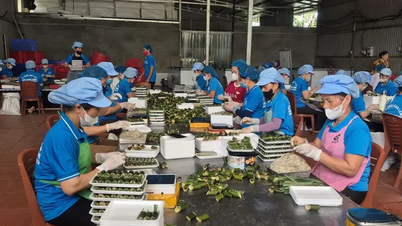










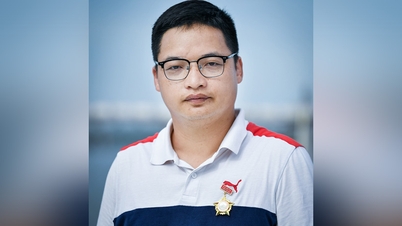


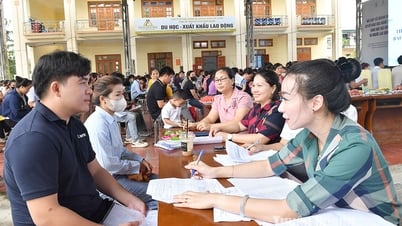
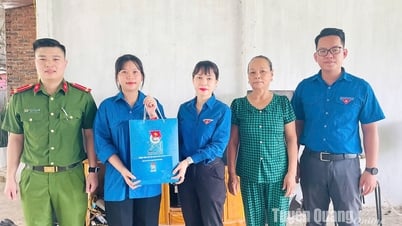




















































































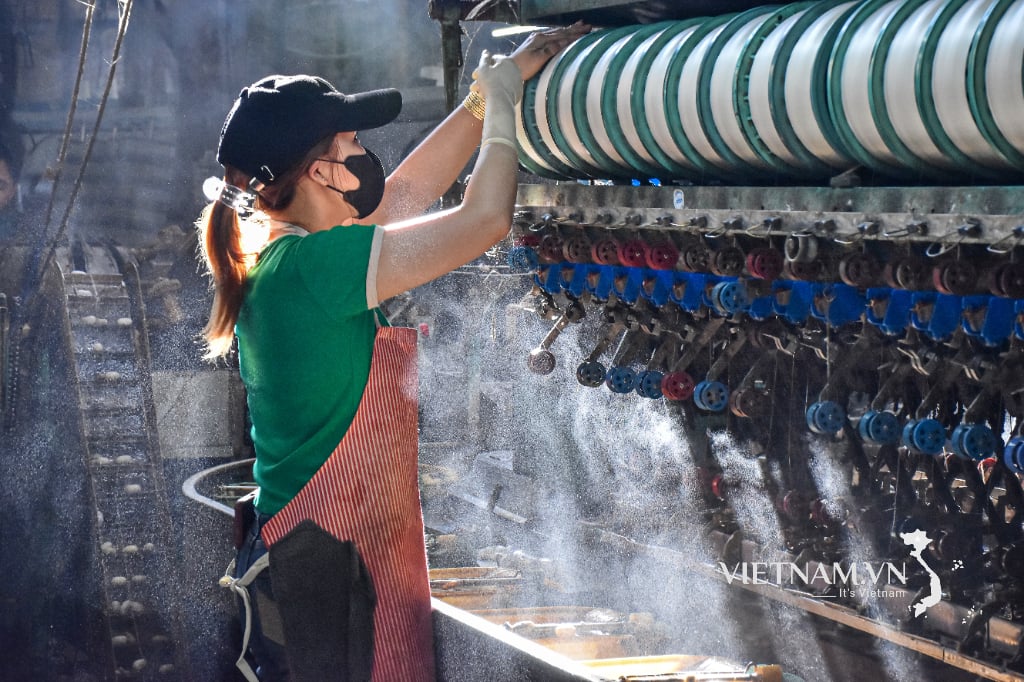
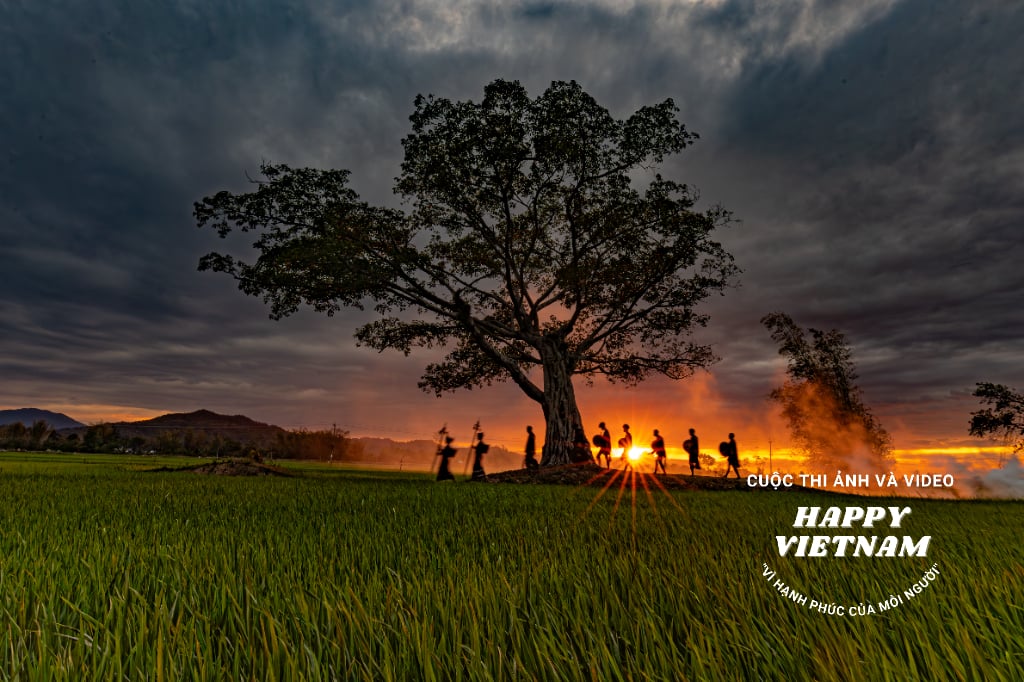
Comment (0)